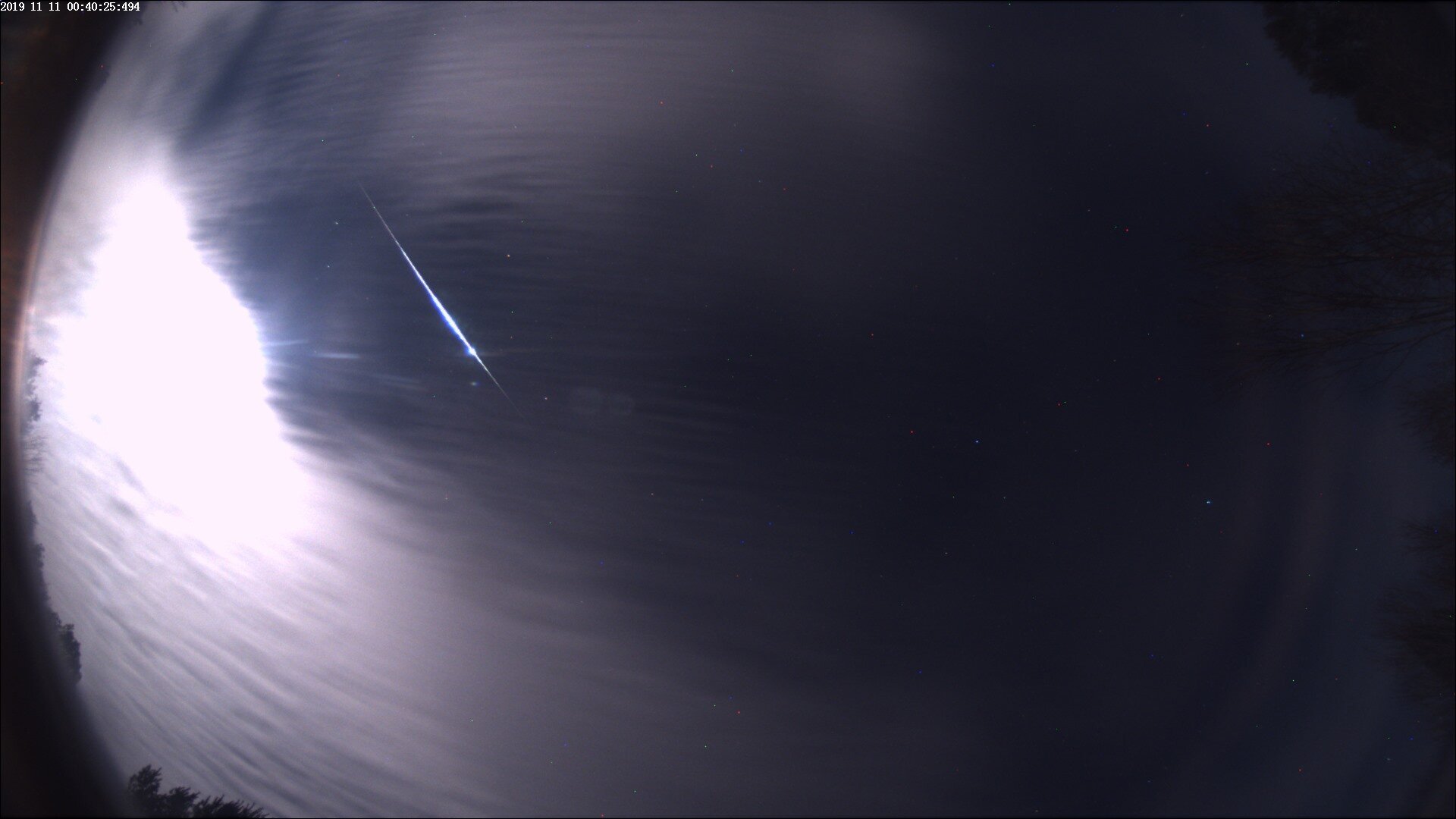State-of-the-Art Small-Telescope Research
Pushing the Limits of Small-Telescope Performance.
Installing the Engineered Diffuser produced by RPC Photonics, Inc., Rochester, NY, into the filter wheel of the SBIG ST2000XM TEC CCD Camera System installed on the MSRO StationOne main telescope.
We offer affordable Research opportunities…
Today’s state-of-the-art small-telescope observatories allow amateur and professional astronomers to collaborate to understand newly discovered objects and their dynamic interactions in our galaxy and close to home in the solar system. Today’s technology gives amateur astronomers all over the world the opportunity to work side-by-side with professional astronomers in the areas of variable stars, minor planets, exoplanets, occultations, and lunar and planetary imaging.
Sixty years ago, at the dawn of the space age, amateurs were heavily into lunar observing. Today, amateur astronomers are again assisting professionals by performing necessary follow-up work using their personal astronomical imaging systems (AISs). Several active “Pro-Am” observing programs welcome qualified amateurs to apply to and provide needed observations. Well-trained amateur astronomers using these new instruments provide the necessary good quality data that professionals need to advance the understanding of the Universe.
Personal Discovery at Its Finest.
The Apollo 15 landing site at Hadley Rille taken with the 12-inch Meade LX200 installed on MSROStationTwo by MSRO Science President Dr. Myron Wasiuta.
MSRO Science,with our state-of-the-art observatories MSROStationOne and MSROStationTwo, offers low-cost, reliable systems for those who want to learn how to operate an observatory “hands-on” versus the standard commercial observatory services that provide only a “request and receive” type of service similar to ordering a hamburger at a modern kiosk. MSRO is unique in this regard—we provide both the training and the equipment to learn how to become a proficient and certified amateur scientist who can provide data to the professionals.
Today, the staff astronomers and other employees at MSRO Science are working on several research projects and observing programs. We are working with professional and amateur groups such as the Association of Lunar and Planetary Observers (ALPO), American Association of Variable Star Observers (AAVSO), International Occultation Timing Association (IOTA), NASA/MIT Transiting Exoplanet Survey Satellite (TESS) Exoplanet Follow-up Observing Program (TFOP), American Astronomical Society (AAS), Society for Astronomical Sciences (SAS), American Meteor Society (AMS), the Exoplanet Transit Database (ETD), and the International Astronomical Union (IAU) Minor Planet Center (MPC), just to name a few.
MSRO Science Team Experience
The early days of development of the mount control system used in the MSROStationOne facility. This prototype circuitry was designed by Jerry Hubbell, VP MSRO Science. Jerry is also the VP Engineering, Explore Scientific, LLC. a sponsor and provider of equipment to the MSRO.
Our staff astronomers and others around the world are currently pursuing the following projects:
Asteroid Occultations (IOTA)
Short-Term and Long-Term Variable Star Studies (AAVSO)
Minor Planet Astrometry, Photometry, and Light Curve Studies (MPC, ALPO)
Exoplanet Transit Observations (TFOP WG SG1, ETD)
Variable Star Spectroscopy (Master Student Thesis)
Meteor Observations with All-Sky Camera (AMS)
Advanced Photometric and Spectroscopic Instrument Development (MSRO Science in-house)
Observing Program Development Using Modern Small-Telescope Systems (MSRO Science in-house)
Amateur Astronomer Certification Training Program Development (MSRO Science in-house)
Observatory Instrument Control System Development and Testing (Explore Scientific)
Small Self-contained Observatory System (S2OS) (MSRO Science in-house)
First Exoplanet Observation at MSRO
The light curve of exoplanet HAT-P-30/WASP-51 b produced by the Exoplanet Transit Database (ETD) website of the data gathered by Dr. Bart Billard, and Jerry Hubbell in January 2018.
In January 2018, Dr. Bart Billard and Jerry Hubbell observed the exoplanet HAT-P-30/WASP-51 b. This was the first full exoplanet transit observed at this facility. These results showed MSRO was capable of observing and measuring exoplanet transits. It led to MSRO’s successful entry into the eXOplanet Follow-up Observing Program (MSRO-XOFOP). The MSRO Science team joined the TESS TFOP WG SG1 group in May 2019.
Spectral Image of SS Cygni.
Dr. Myron Wasiuta’s spectral image of close binary dwarf novae SS Cygni that periodically brightens every few weeks. Dr. Wasiuta has been monitoring this system using the instruments in MSROStationTwo since the September 2019. This image is a stack of over 500 images totaling more than 8 hours of exposure time.
Meteor Science.
MSRO SkyCam image showing brilliant fireball recorded at 7:40 PM EST on the evening of November 10, 2019. Dr. Myron Wasiuta reported this to the American Meteor Society. This event was seen by people as far north as NJ and south as North Carolina. It traveled from about 1/2 way up the eastern horizon to just south of nearly overhead.









